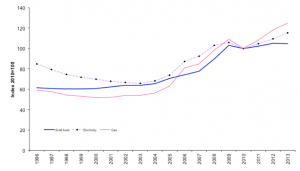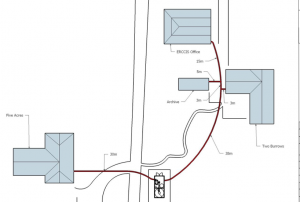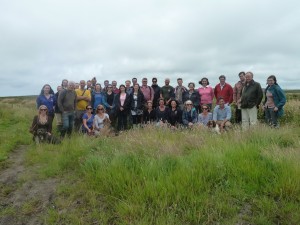Final week with CWT
My fourth and final week working with Cornwall Wildlife Trust is drawing to a close. Another week of good progress and I have just about completed all of the work for the project. I‘ve not yet finished a write-up of all of the work I’ve done, to present to the Trust, so I’ve volunteered to continue working on the report and submit it to the Trust once it’s complete.
Two more of the installation quotes were delivered this week, brining the total up to three from the four consultations, but one is still yet to arrive. I set about going through the details of each, as although the same items were discussed at each consultation the proposals from each company are different. The assumptions and approximations made by each consultant are different, and so too are the details of what is included in each quote, and what is not. Because of this care needs to be taken when comparing between them to draw conclusions.
The key themes of my work this week were the financial aspects off an installation. With more quotes delivered I could begin to compare the various estimated costs, and with their estimates of annual energy requirements I could repeat earlier calculations to offer a range of figures; using the variation to create a band within which the actual values will lie. The progression of the study from background and motivation; through potential renewable installations; then fuel options, and also fuel production; to finish with a cost-benefit analysis of the findings has fitted well with a short summer internship.
It’s been a highly interesting experience, to investigate the feasibility of renewable energy installations, and I have certainly gained a lot of knowledge regarding the industry, and some experience of working with the people involved. I would highly recommend the scheme, and Cornwall Wildlife Trust, to future students and I’m glad that I have had the opportunity to undertake this project.




